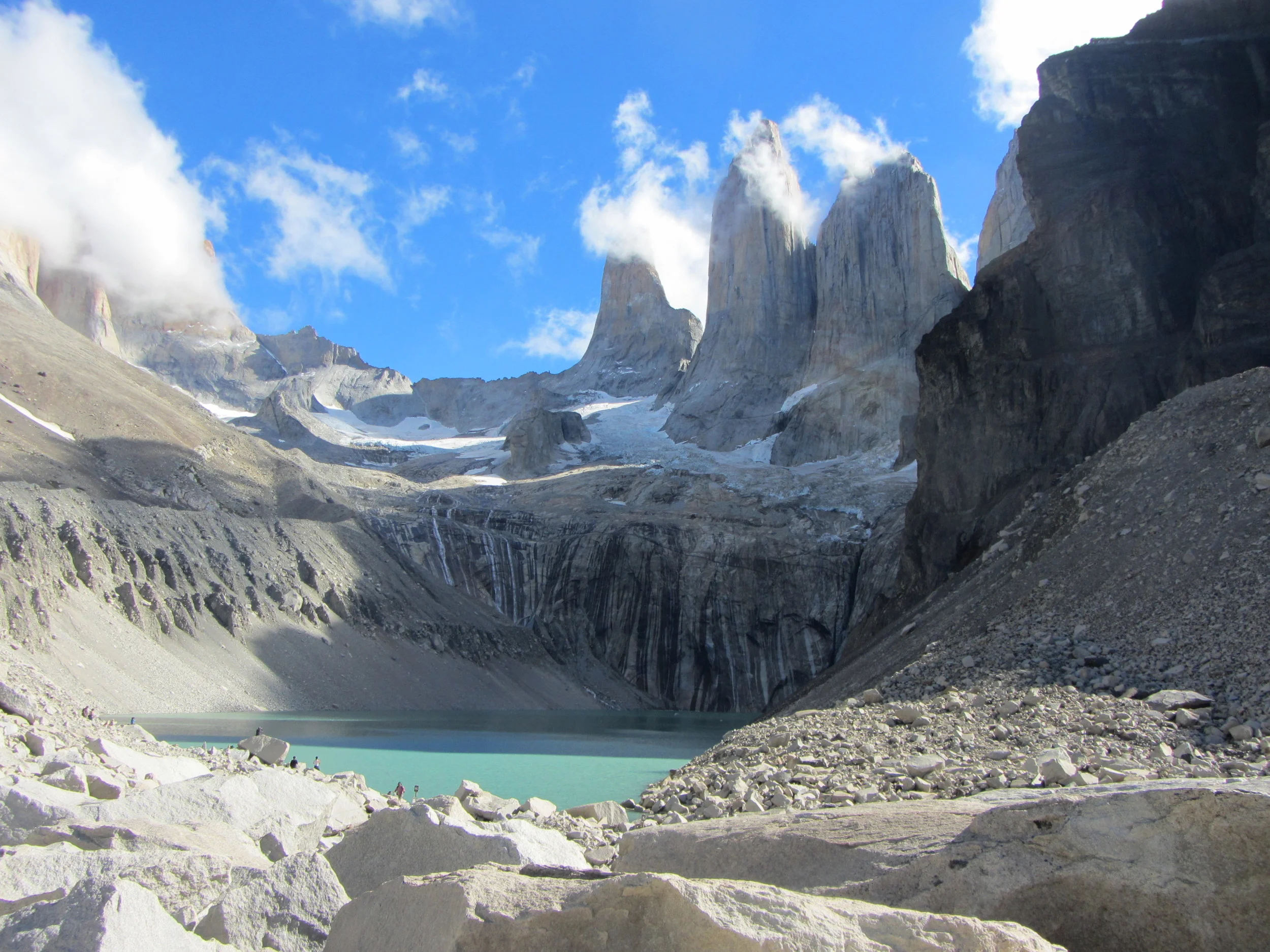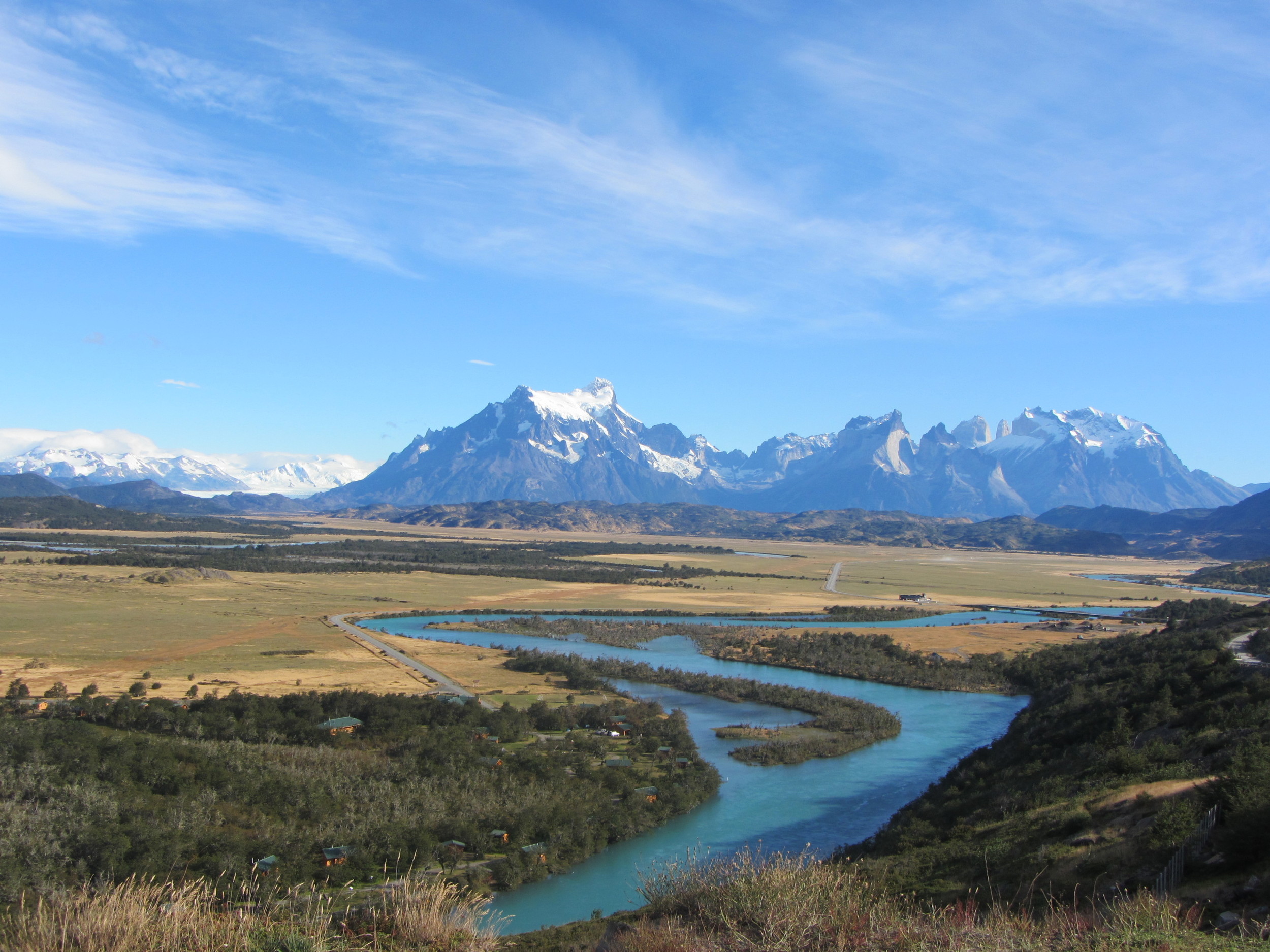If you want to visit when the area is on the warmer side, plan your trip from November to March. We visited in March and the temperatures were in the 60s. Patagonia spans the southern tip of both Chile and Argentina. We rented a car at the airport in Argentina, drove the few hours across the border to Chile, then back over to Argentina. Please note: this was completely insane. GPS and cell phones do not work in the area, the signage is nearly nonexistant, the gas stations are hundreds of miles apart from eachother, and many of the roads are little more than dirt or gravel. We had to follow a paper map like in the 1700s. Most hotels should be able arrange this trip for you via bus or van. Fun story: when the rental car company asked whether we were leaving the area, J told them that we were not (thinking they may say no or charge us extra for crossing the border). When we get to the border, they asked for the papers from our rental company that would give us permission to cross into Chile. Needless to say, we spent the entire day in a super creepy former mining town trying to locate the only printer for probably thousands of miles in order to print the necessary papers. That was a great day.
In Chile, we explored Torres Del Paines National Park. The park is absolutely huge, and you can take a boat across the glacial lakes to see the glaciers rising up out of the water. The area itself is incredibly isolated and rustic. Across the border in Argentina, we stayed in El Califate, located close to Los Glaciares National Park. The town of El Califate itself is kind of a generic hippie-dippy situation with REI and North Face-type stores lining the street. However, the Perito Moreno glacier in Los Glaciares is worth the stay. It is one of the only glaciers that is currently increasing in size, and you can actually hear this larger than life ice field moving and cracking as you are standing over it. That is some mind-blowing sh*t.
Where to Stay: Keep in mind that Patagonia is a destination for hikers, so the hotels aren't typically designed with luxury in mind. That being said, there are a few lodgey-chic options that are nice to come home to after a day of exploring. In Chile, Torres Del Paines has hotels both inside and outside the park. For an all-inclusive experience where all tours, guides, meals and accommodations are taken care of for you, check out the explora Patagonia. The hotel is situated inside Torres Del Paines National Park, with views of glacial lakes right outside your window. If you'd prefer more of a DIY style, the rustic Rio Serrano is located right outside the park grounds on a gorgeous horse ranch. Every room of the hotel has floor to ceiling windows with jaw-dropping views of the mountains. In El Califate, Argentina, we stayed in the Hotel La Cantera, built on the hills overlooking the center of town. The food at this hotel was absolutely phenomenal, from the homemade basil sorbet palate cleanser, to the gorgeously presented local dinner, to the incredible fruit salad at breakfast. Side note: I have been scouring the internet for years now trying to find out what makes Argentinian fruit salad so damn good. It is dressed with some kind of juice that I haven't been able to replicate. If anyone reading this can tell me, please let me in on the secret.



































